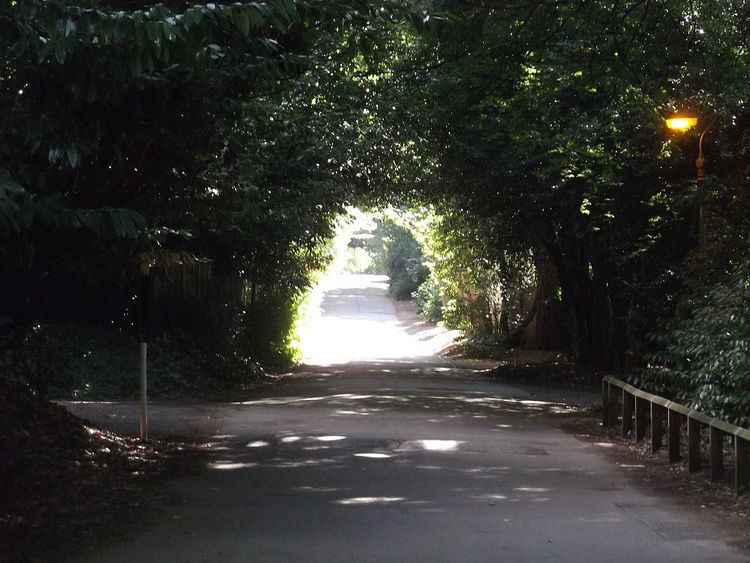Name Pullens Lane | ||
 | ||
Oxford city centre pullens lane
Pullens Lane (a.k.a. Pullen's Lane) is in Headington, east Oxford, England. It is located at the top of Headington Hill, leading north off Headington Road to Jack Straw's Lane and Harberton Mead. The cul-de-sac Pullens Field (a.k.a. Pullen's Field, named in 1972) leads off west from Pullens Lane.
Contents
Tour of the Vines
History
The lane was named after the Rev. Josiah Pullen (1631–1714), vicar of St Peter-in-the-East in central Oxford (where he is buried) and Vice-President of Magdalen Hall. He used to walk in this area to the top of Headington Hill and admire the view of Oxford. He planted an elm tree in the locality in about 1680. The tree became known as Joe Pullen's tree, but was destroyed by a fire on 13 October 1909. There is a tablet in the wall of Davenport House here recording the event on the east side of the lane. The road was named Pullen's Lane in 1930.
Buildings
Pullens Lane includes a number of notable buildings, especially by the Victorian architect Harry Wilkinson Moore (1850–1915). Buildings by Wilkinson include:
Other buildings include:
Educational institutions
Rye St Antony School, founded in 1930, is located in Pullens Lane. It started in central Oxford and moved to a 12-acre (49,000 m2) site on the east side of Pullens Lane in 1939.
Plater College moved from makeshift facilities at Boars Hill south of Oxford to a new purpose-built residential college on Pullens Lane, after demolishing Fairfield (previously known as The Pullens) during the 1970s, under the leadership of Joseph Kirwan (1910–2005). The college closed in 2005. The site is now occupied by the EF International Academy (formerly the EF International Language School).
